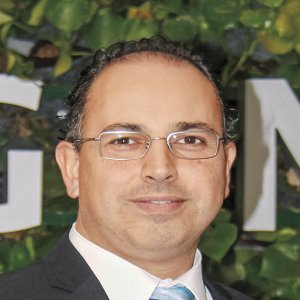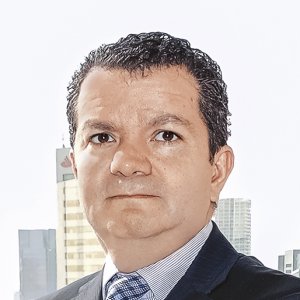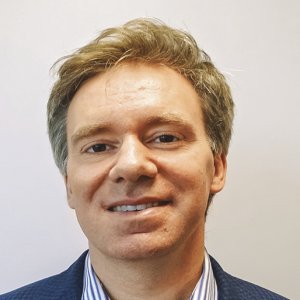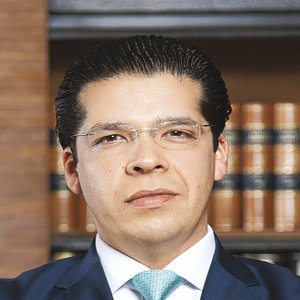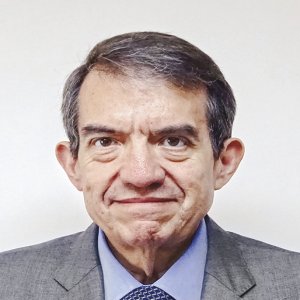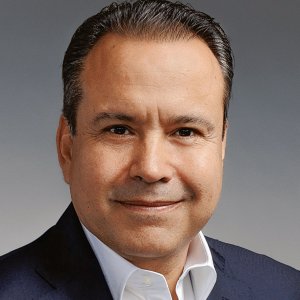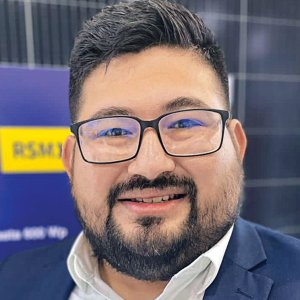Nuanced Social Solutions for Greater Success

STORY INLINE POST
Mexico’s enormous biodiversity, wealth of archaeological ruins and complex patchwork of cultures and traditions make navigating social and environmental aspects of project development even more complex than normal. Companies such as the recently founded AI Sustentable are trying to fill the gap between energy project development and the communities that might be impacted.
“Having different cultures means that each project should be seen through a different spectrum according to the cultural and historical context,” says Ernesto Monroy, the company’s Director General. “It is easier to deal with populations in the north where there is more acceptance of projects than in the south, where history demonstrated that project developers contacted landowners to take away their land or other resources.”
The 2015 General Guide to Social and Environmental Impact Evaluations introduced by the Ministry of Energy lacks comprehensiveness because it does not consider Mexico as a multicultural country. “There is still room for improvement in the framework surrounding the Energy Reform in the area of social and environmental responsibility,” he says.
AI Sustentable has a multidisciplinary team with different backgrounds, covering archeology, biology, engineering and administration. At first, the company started working on social impact studies for infrastructure projects, before transitioning into energy by developing studies in hydroelectric projects, solar parks and wind farms. But in a country with a population of about 130 million, social and environmental impacts can differ at a regional level and according to the cultural, economic and social context of a community’s population.
“Once we started going into the field and saw the necessities of specific populations, we understood that the projects on the market were focused on solving only one kind of problem: bringing electricity to cities,” says Monroy. “These projects were overlooking a population segment that demanded smaller-scale projects.” To solve this problem AI Sustentable started working on affordable green technologies that suited the environmental needs of these communities.
The long-term nature of the projects makes it important to eliminate these myths and ensure that the population understands every step of the project. The company also has to help the population understand that the economic benefits may take time to materialize, otherwise social problems could arise. “Although the government’s infrastructure goal is to provide all communities with electricity, we are aware that achieving that is complicated,” says Monroy.
Nevertheless, AI Sustentable’s experience has positioned it to communicate well with communities, according to the company’s Engineering and Development Manager Miguel Jiménez. “We have taken part in big projects and have learned that once people are convinced that installing renewables is beneficial, the fear disappears and they begin to ask about the possibility of smaller-scale home installations to take advantage of the financial benefits,” he explains. “Soon enough, they also ask us to bring the technologies to their schools and public spaces, where the younger generations can see the benefits.”
The move from consulting for energy companies to creating renewable energy projects in communities has given AI Sustentable a unique perspective on the introduction of renewables for residential use. “Our knowledge has allowed us to venture into rural electrification projects to power isolated, non-interconnected systems that would otherwise be too expensive to connect to the main grid,” says Jiménez.
Miguel
